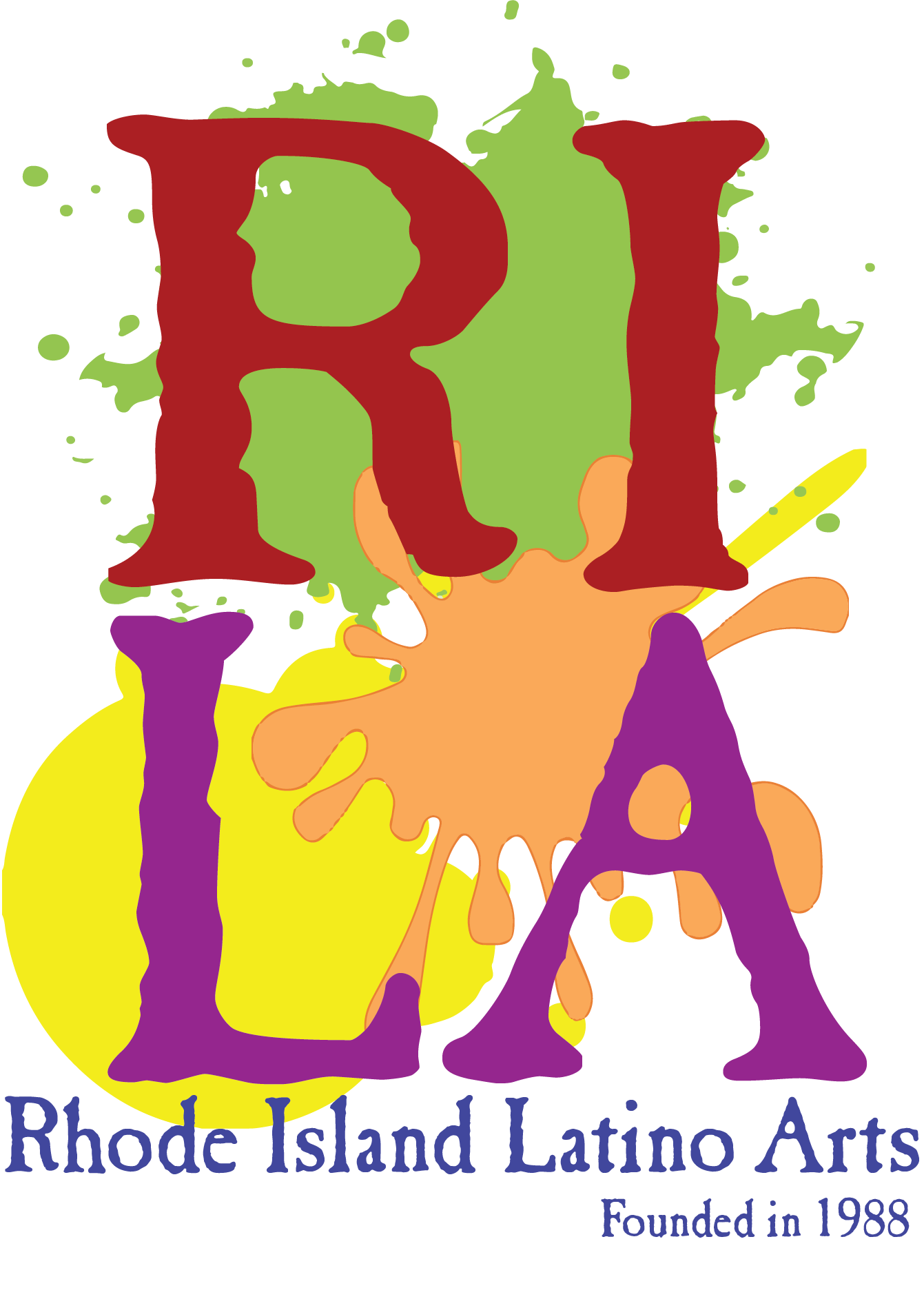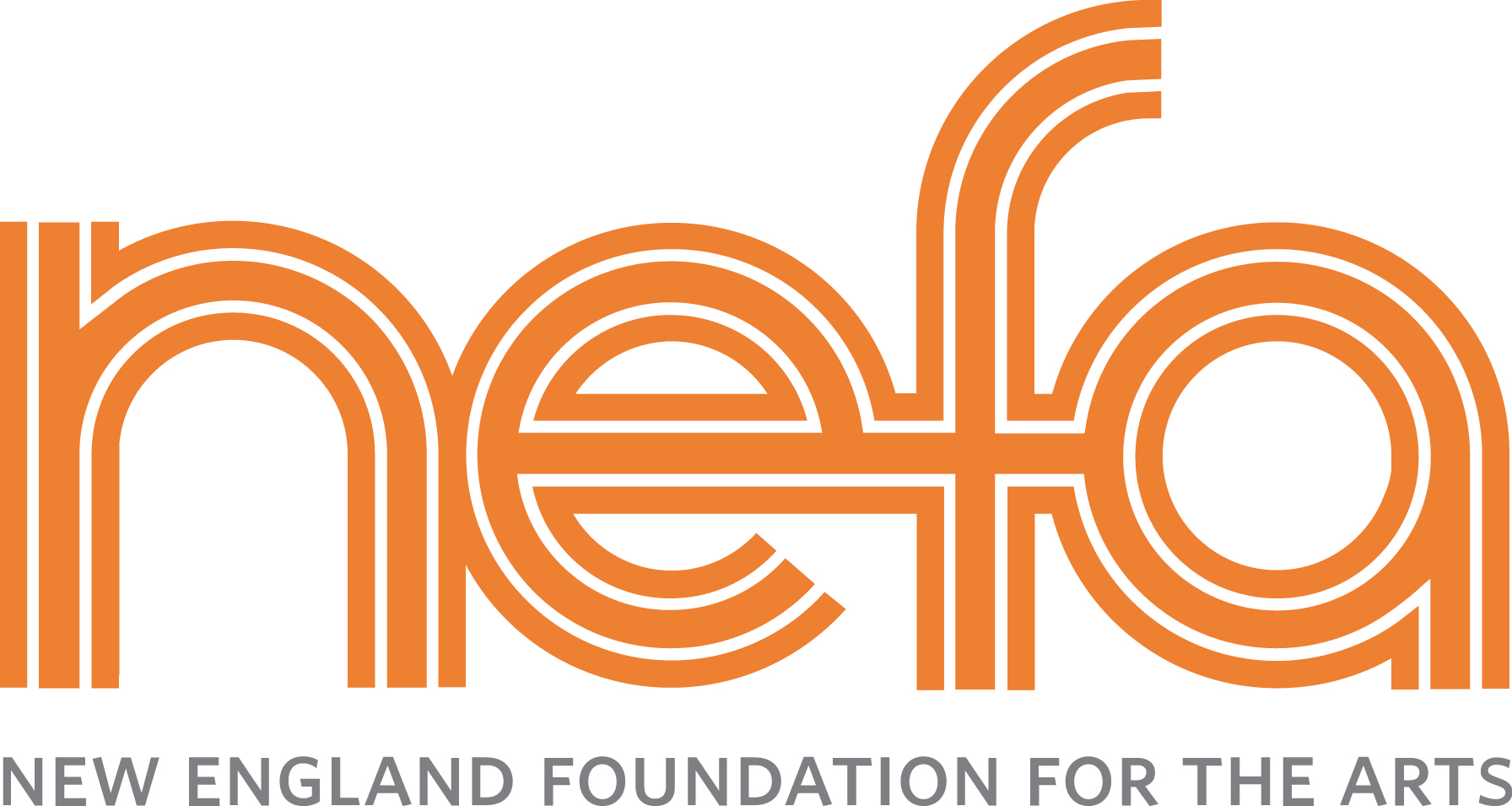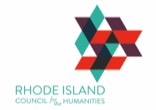Through the years, RILA and its Executive Director have been recognized by the National Endowment for the Humanities (NEH), the New England Foundation for the Arts (NEFA), the Rhode Island Council for the Humanities (RICH), and the Oral History Association (OHA) for our efforts to empower artists, uplift Latino arts and cultures, and create future generation of Latinx cultural advocates.
Here are some of the programs we are especially proud of, and which have received recognition awards.
-
¡Hay Santos! Wooden Carvings from Puerto Rico | 2014 - 2015
Master Carver Carlos Santiago Arroyo first introduction to Rhode Island was through a program sponsored by RILA. Carlos spent three months with students at the Providence Career & Technical Academy (PCTA) and their art teacher, Carolyne Kellner. The program was funded in part by the New England Foundation for the Arts (NEFA) Rhode Island State Council on the Arts (RISCA) and the Providence Dept. of Art, Culture & Tourism (AC+T).
-
Traditional Arts Apprenticeship Program
In 2016, we received a grant from the Connecticut Cultural Heritage Arts Program at the Connecticut Historical Society for our first apprenticeship program. The grant was specifically for excellent traditional and occupational artists who actively practice their art forms, and we invited Carlos back to RILA to share the tradition of Santos carving with a local apprentice. Lydia Pérez and her daughter, Yidell came forward to work with Carlos at the RILA offices in South Providence.
-
At the end of the apprenticeship, Carlos and Lydia shared their work at an event co-hosted by RILA and the Dept. of Art, Culture + Tourism at the Southside Cultural Center.
The following year, RILA received a community award from NEFA for both this program and the previous workshop with the students at PCTA.
-
Inca Son workshops at the Leviton Dual Language Elementary School | 2016
From 2015 to 2017, the Leviton Dual Language Elementary School became our "Sister School." Our first program there was called A Trip to the Andes. Inca Son, an Andean Cultural Group, spent two weeks with Bolivian native, Perla McGinnes and her 5th-grade students as they became engrossed in the South American Andean culture.
-
Plena Carnaval Workshops on Bomba & Plena of Puerto Rico | 2016
We brought a workshop called Plena Carnaval to the 2nd grade students at the Leviton Dual Language Elementray School. For four weeks, the students learned about traditional Caribbean culture from Lydia Pérez, Puerto Rican arts performer and teaching artist. She taught students the different forms of rhythms from the Caribbean using traditional instruments while incorporating other traditions, like dance, mask making, traditional dress attire, and written and spoken word.
-
Oral History Workshop: Celebrating Día de Los Muertos | Fall 2016
Working with three MA students from the Brown University Public Humanities Program, Marta V. Martínez, RILA's Executive Director, spent the Fall semester with Perla McGuinnes and her 5th grade class at the Leviton Dual Language Elementary School. They learned the basics of interviewing for oral history and their assignments were to sit with a family member at home and ask them to talk about a deceased family member. The students learned about relatives they knew nothing about, and brought their memory to life by building small altars for Día de Los Muertos.




